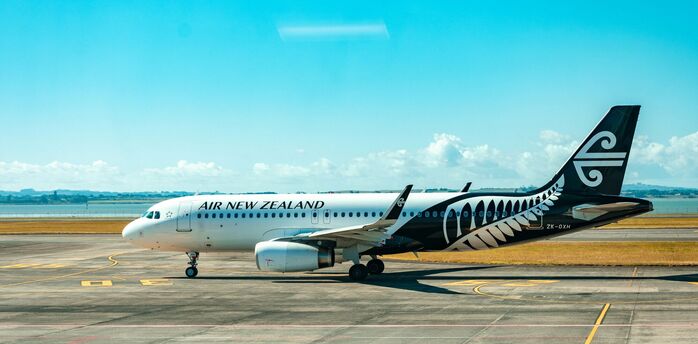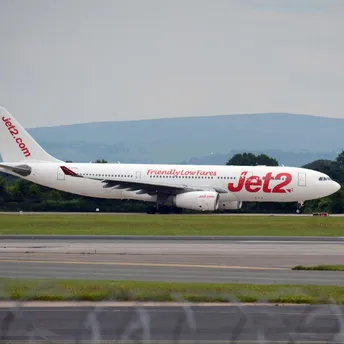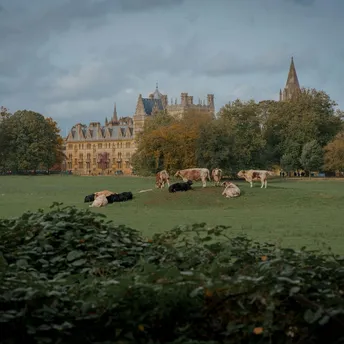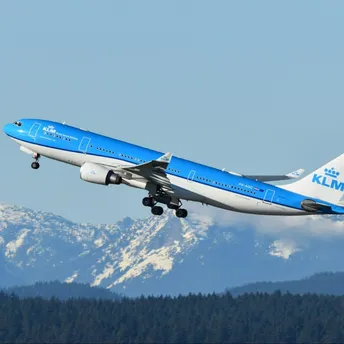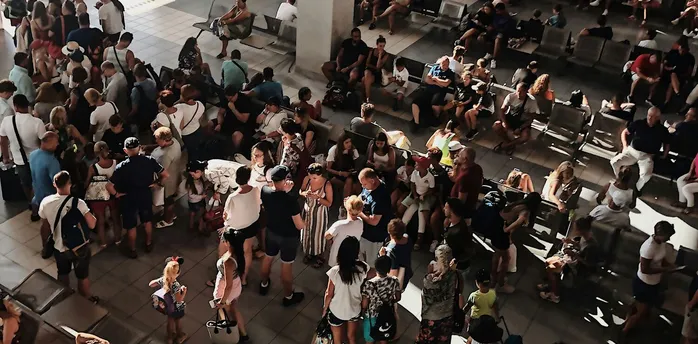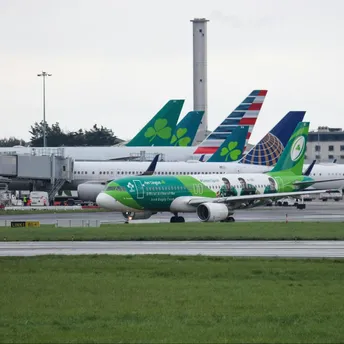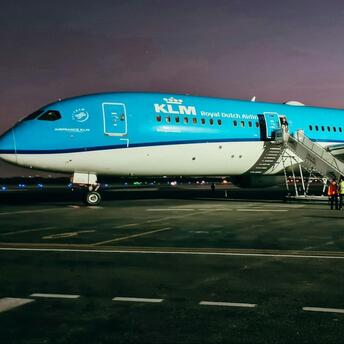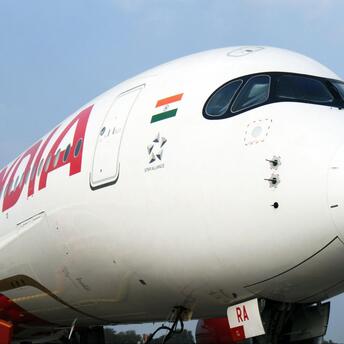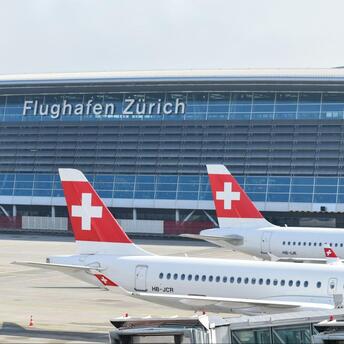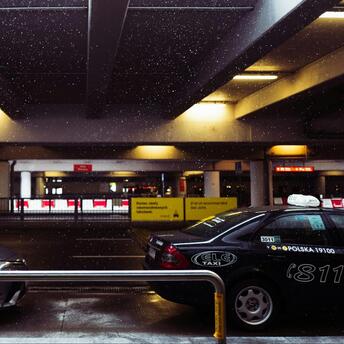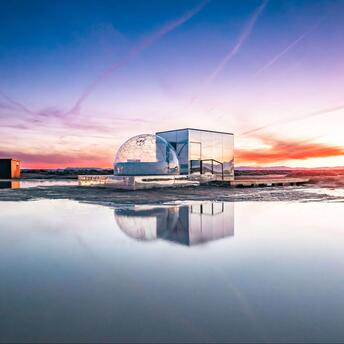Iceland's Tourism Tax Revived to Balance Growth and Conservation

Iceland has reintroduced a tourism tax to help manage the impact of its booming tourist industry on both its environment and residents. This levy, suspended during the Covid-19 pandemic, now imposes a fee of 600 Icelandic krona ($4.34) on hotel rooms, with additional charges for campsites, mobile homes, and cruise ships.
Prime Minister Bjarni Benediktsson, who took office in early April, emphasized the need for a balanced approach to tourism. "We are still shaping the future taxation system for the tourism sector," Benediktsson stated, highlighting the intention to adopt a "user pays" model for popular attractions.
Benediktsson's leadership comes during a challenging period marked by high inflation, soaring interest rates, and volcanic activity. A recent eruption in southwestern Iceland led to evacuations and temporarily closed the Blue Lagoon geothermal spa, though it has since reopened.
Despite these challenges, Iceland's tourism sector is flourishing post-pandemic. With a population of approximately 383,000, Iceland expects 2.3 million visitors in 2024, nearly 2.4 million in 2025, and up to 2.5 million in 2026. Tourism contributed 8.5% to Iceland’s GDP in 2023, up from 7.5% in 2022.
To manage this growth sustainably, the government is developing a "sustainability balance check" for tourism. This system will monitor indicators like the condition of natural sites and public sentiment to ensure tourism does not harm Iceland’s environment or quality of life.
"If we see that places like Geysir are being damaged by visitor numbers, we need to take action," Benediktsson explained. The aim is to adjust fees dynamically based on demand, ensuring that the industry grows in harmony with societal and environmental needs.


